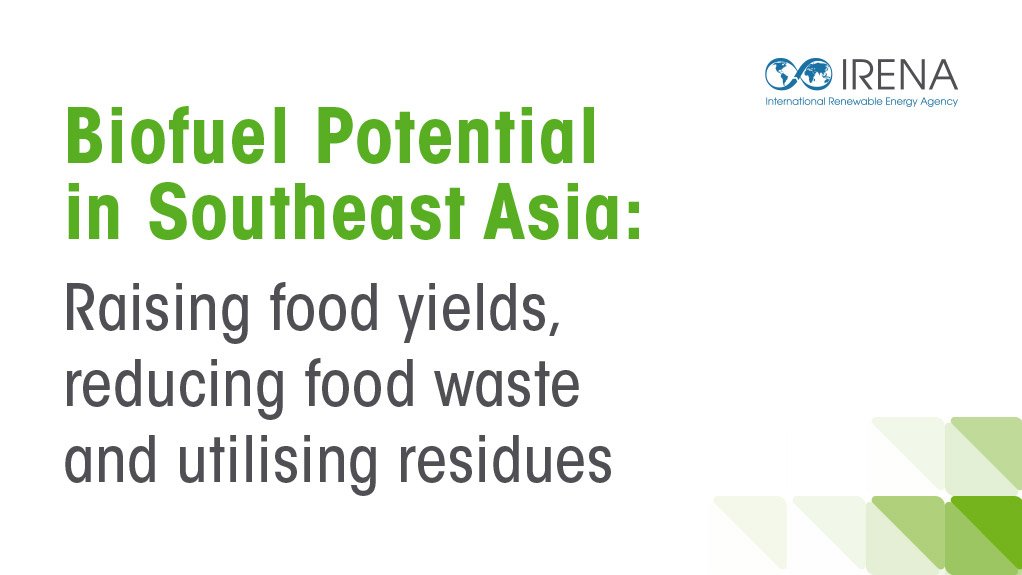- Biofuel potential in Southeast Asia: Raising food yields, reducing food waste and utilising residues2.83 MB
Southeast Asia has considerable resources to produce liquid biofuels sustainably, using biomass feedstocks that would not cause carbon-dioxide emissions or interfere with food supply. Fulfilling the region’s biofuel potential would depend on increased residue collection from food crops and forest products, intensified cultivation of farmland, and reducing waste and losses in the food chain.
Biofuel potential in Southeast Asia offers detailed estimates of biomass resource potential for Indonesia, Malaysia, the Philippines, Thailand and Viet Nam. All five countries belong to both the Association of Southeast Asian Nations (ASEAN) and Asia Pacific Economic Cooperation (APEC).
With conversion to advanced liquid biofuels, sustainable biomass feedstock could potentially cover two-fifths of the region’s projected needs for transport fuel if less were diverted to residential heating and cooking. According an assessment by the bioenergy team at the International Renewable Energy Agency (IRENA), advanced biofuels could provide as much as 7.3 exajoules of primary energy per annum in Southeast Asia by 2050, or half of the region’s total primary bioenergy potential.
A variety of policies and measures could help to realise Southeast Asia’s biofuel potential: forest residue collection could be improved through more cost-effective logistics; modern farming techniques could improve agricultural yields; new agroforestry methods could help to cultivate a mix of high-yielding food and fuel crops; and more secure land tenure would encourage investment in more intensive land management.
Losses and waste in the food chain, meanwhile, could be reduced through better harvesting techniques, storage and cooling facilities, packaging and transportation infrastructure, as well as better labels and more flexible regulation to ensure that wholesome food is not wasted or discarded. Together, such measures could free a substantial amount of land to plant with bioenergy crops for biofuel.
The assessment builds on statistics from the United Nations Food and Agricultural Organization (FAO).
Report by Irena
EMAIL THIS ARTICLE SAVE THIS ARTICLE ARTICLE ENQUIRY
To subscribe email subscriptions@creamermedia.co.za or click here
To advertise email advertising@creamermedia.co.za or click here











